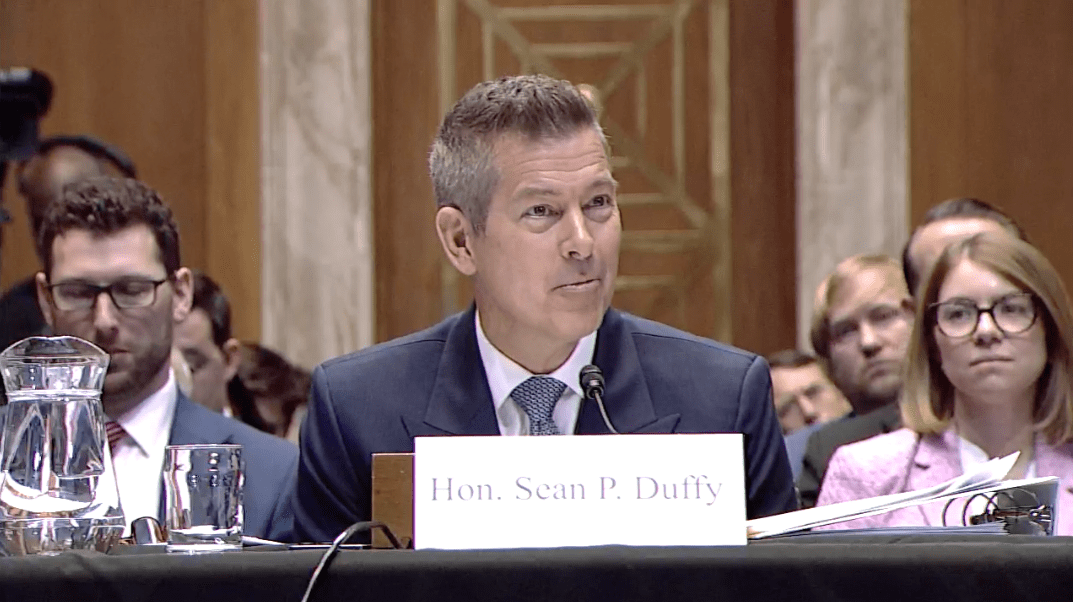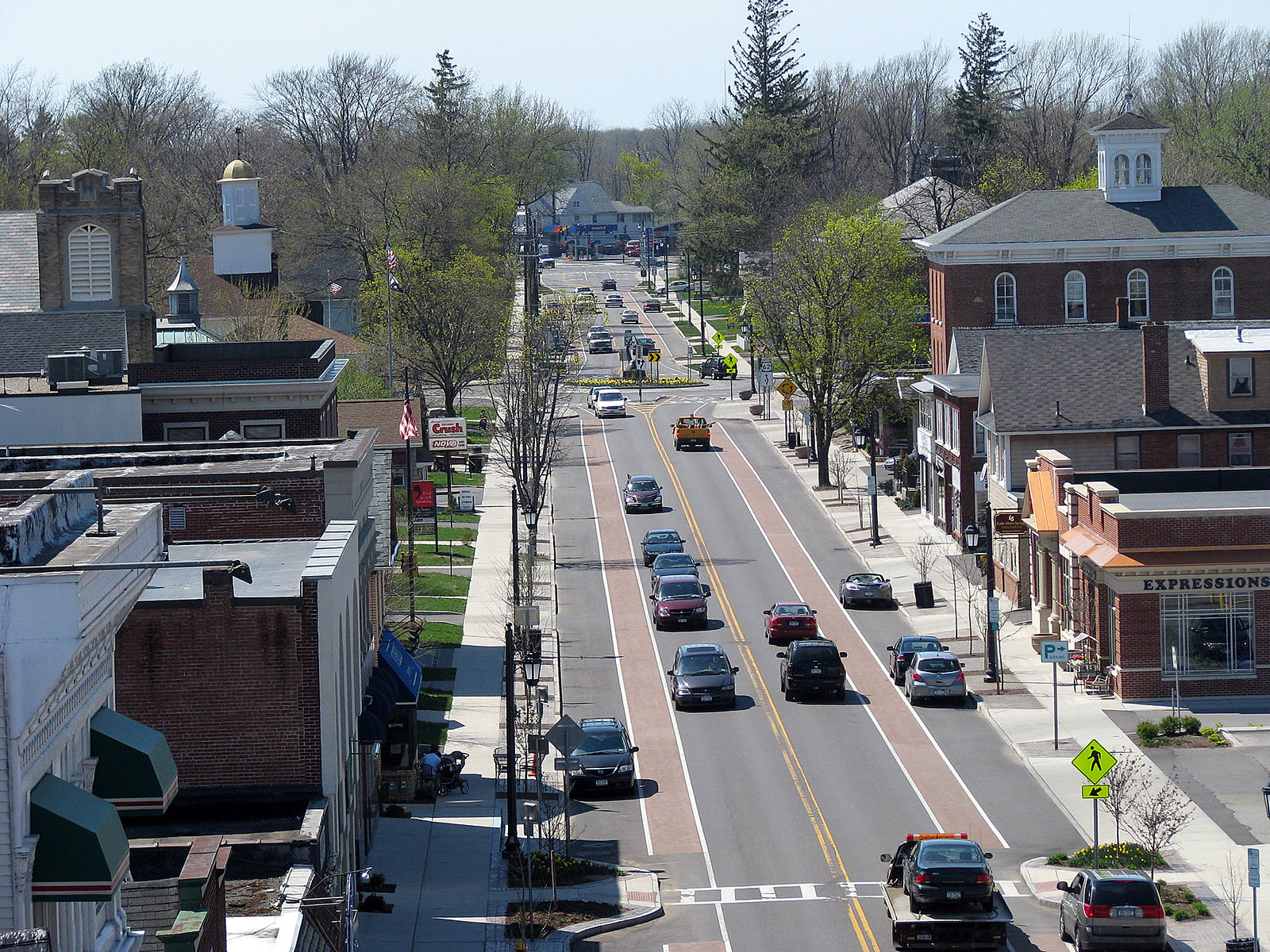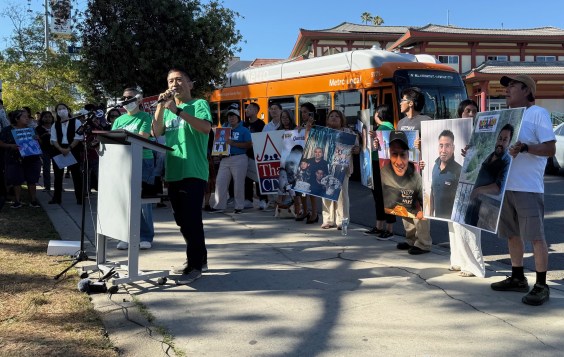
Thousands of people are still living in hotels and shelters following last month's devastating floods in the Baton Rouge area. After nearly two feet of rain fell on central Louisiana, 13 people lost their lives and some 40,000 homes were damaged.
In a post at Network blog The Urban Edge, Craig Colten, a professor at Louisiana State University, takes a critical look at how development patterns made the disaster worse. The damage would not have been so severe, he writes, if sprawl had been kept in check:
The relatively new incorporated community of Central in East Baton Rouge Parish reports that 75 percent of its territory is in the 100-year floodplain. According to initial news reports, up to 90 percent of the town’s houses sustained damage in this month’s floods.
Between 2000 and 2010, the population of Ascension Parish grew from 76,617 to 107,215, and Livingston Parish’s population increased from 91,814 to 128,026. Developers have intensively built up areas along the Comite and Amite rivers and in the territory where the two rivers converge and back up into Bayou Manchac during floods. Meanwhile, the Comite River Diversion Canal has received irregular and inadequate funding and is years from entering operation.
Since Congress passed the Disaster Relief Act of 1950, the federal government has provided relief and recovery funds after large-scale floods and other disasters. These payments, along with federally funded levees and other flood control structures, have created a false sense of security in the face of risk.
For centuries before the National Flood Insurance Program was created in 1968, Louisiana residents who lived in flood-prone areas took steps to reduce their personal risk. Native Americans built their mounds and communities on terraces above flood-prone rivers. During colonial times, people built houses in floodplains with living quarters five to eight feet above ground level. Spanish soldiers assigned to the much-detested military garrison on Bayou Manchac abandoned it due to its tendency to flood soon after Spain ceded its Florida territory to Britain in 1763. Most of them moved to higher ground in Baton Rouge.
After Louisiana joined the United States, residents continued to build houses along rivers or near the coast on stilts. In the 19th century, coastal dwellers began gradually retreating inland. And many residents in flood zones maintained modest dwellings and furnishings, which minimized replacement costs after high-water events. Tied to local livelihoods and intent on remaining in place, they made deliberate decisions to live with risk and built homes accordingly.
Recently, however, suburban sprawl has spurred enactment of building codes that mandate building techniques using concrete slab foundations set directly into the ground. And increasing affluence has enabled families to purchase larger dwellings in areas of high and moderate flood risk. Under the National Flood Insurance Program, buyers must obtain federal flood insurance to qualify for mortgages in 100-year flood zones, but some properties near flood zones do not face the same requirement.
Elsewhere on the Network today: Seattle Transit Blog puts the $54 billion cost of Seattle's light rail expansion plan in perspective. And Placemakers says healthy, active neighborhoods share four characteristics: residential density, intersection density, transit density, and access to parks.





